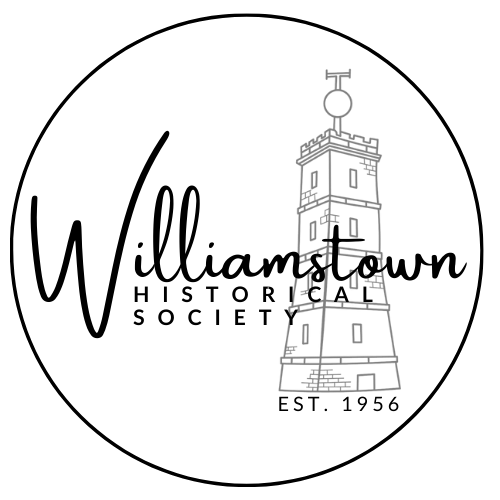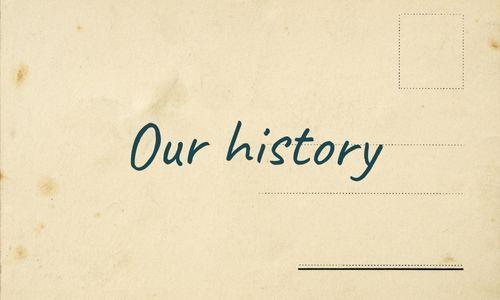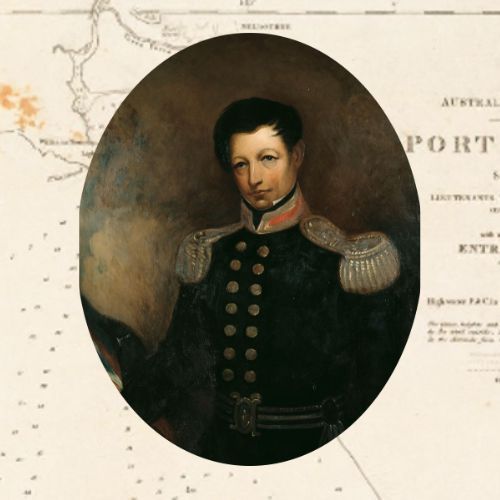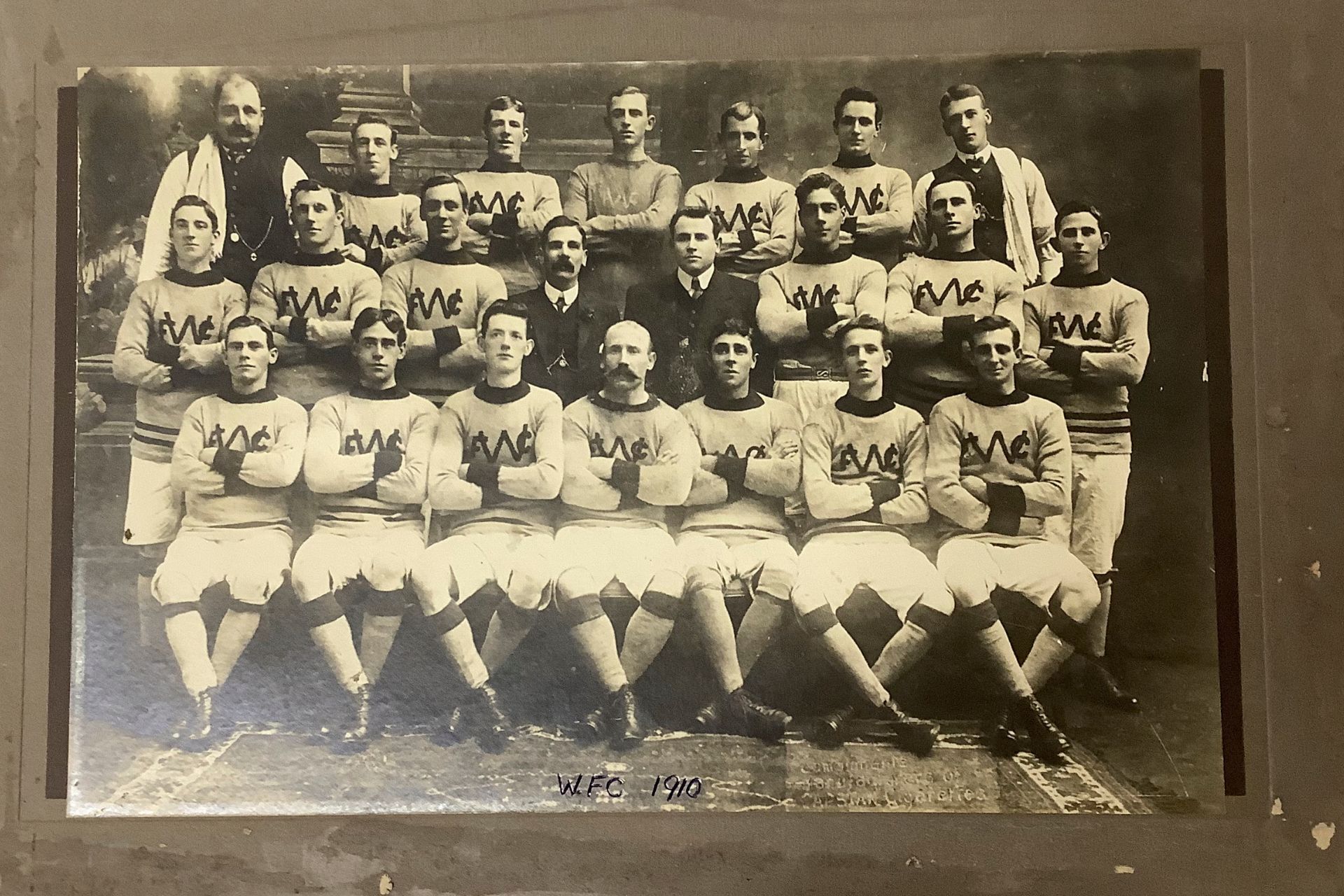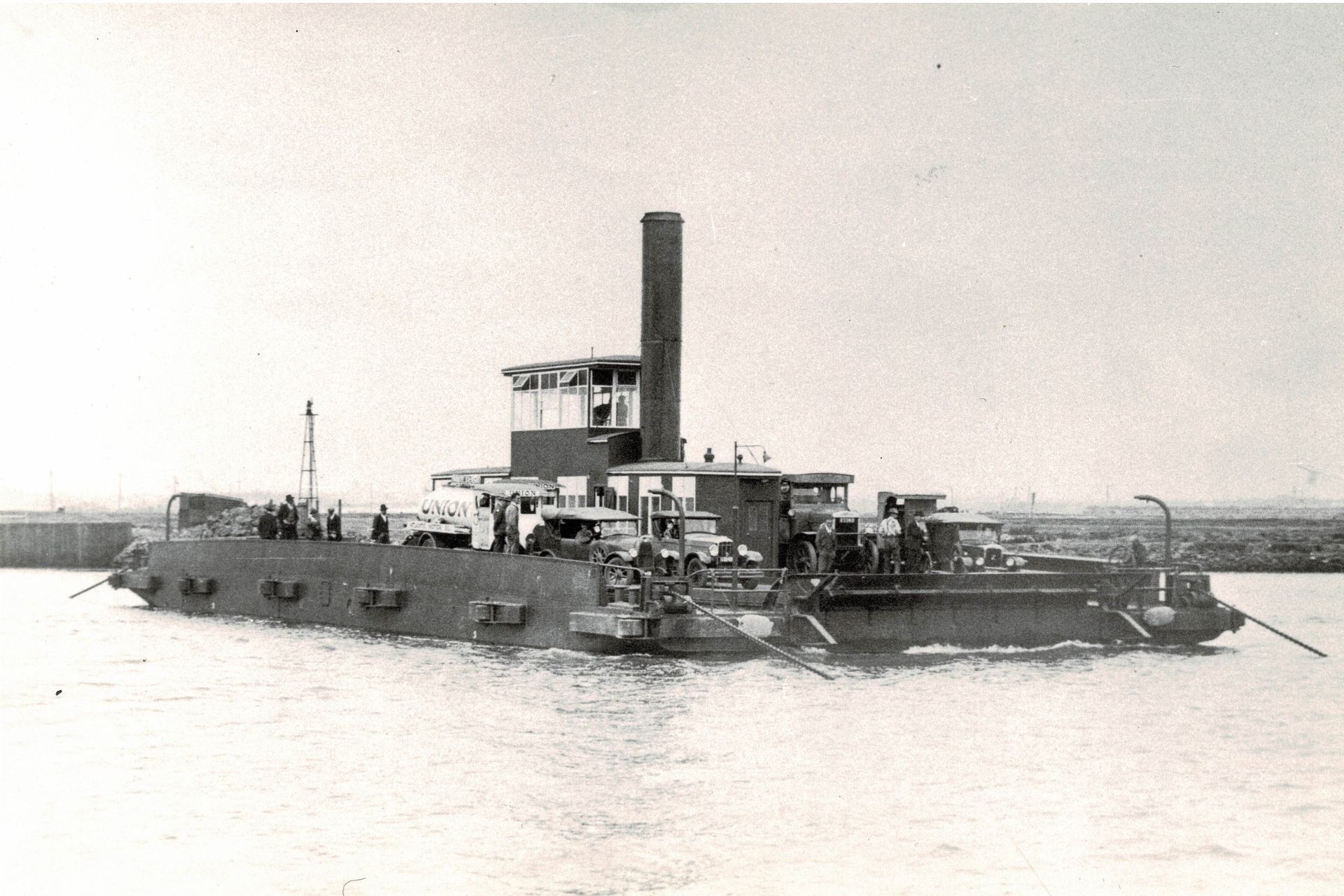Williamstown, Newport and Spotswood have a rich history, with Williamstown first settled in 1835 as the major port for Melbourne. Originally named Port Harwood in 1835 by John Batman, and then renamed William's Town after the reigning monarch, King William IV, with its name evolving to become Williamstown over time. It was proclaimed a town in 1886 and a city in 1919.
Early settlers
The new settlement grew dramatically in the 1850's as prospectors landed at the port on their way to seek their fortunes on the Victorian goldfields, with many hotels, shops, residences, banks and churches built to accommodate the new settlers.
A 'Government town'
As a port, Williamstown became a 'first stop' for new arrivals, providing immigration, customs, pilots, water police, convict accommodation, shipping and shipbuilding, the ports, an astronomical observatory, lighthouse, railway workshops, the first Victorian Navy, militia, a rifle range, power, iron foundries, glass manufacturing, petroleum and many other diverse industries.
If the streets could talk
Many of the buildings built in the early days of the settlement are still in existence, some repurposed to suit today's lifestyles, but they retain their original personalities. Amongst the heritage buildings are also a number of newer buildings, and even though they don't have the age of the older historic structures, still have stories to tell.
The area covered
The Williamstown Historical Society and Museum (currently closed) covers the suburbs of Williamstown, Newport and Spotswood, with its boundaries of Stony Creek to the North, Hobsons and Port Phillip Bays to the East and South and Blenheim Road to the West.
